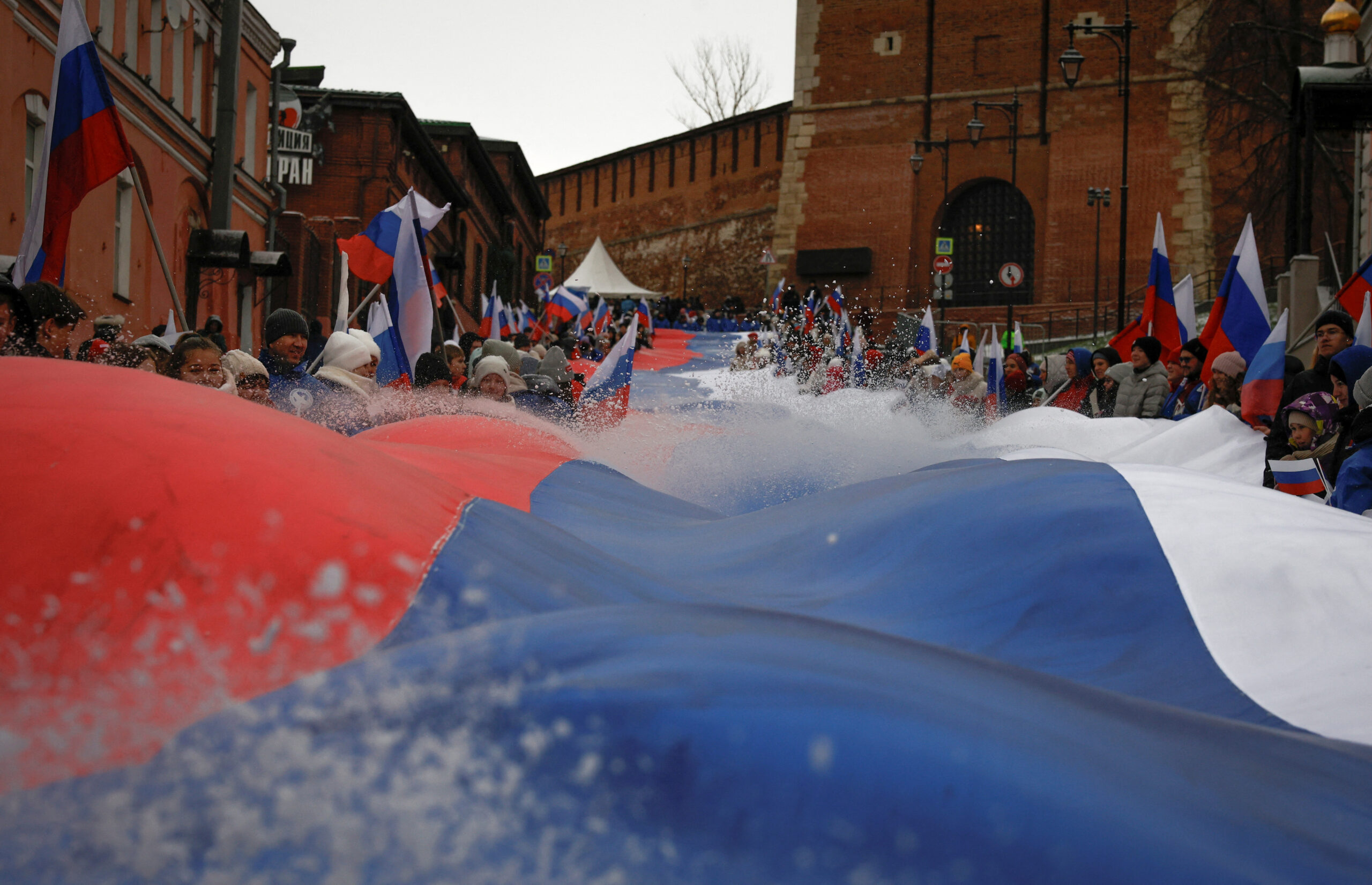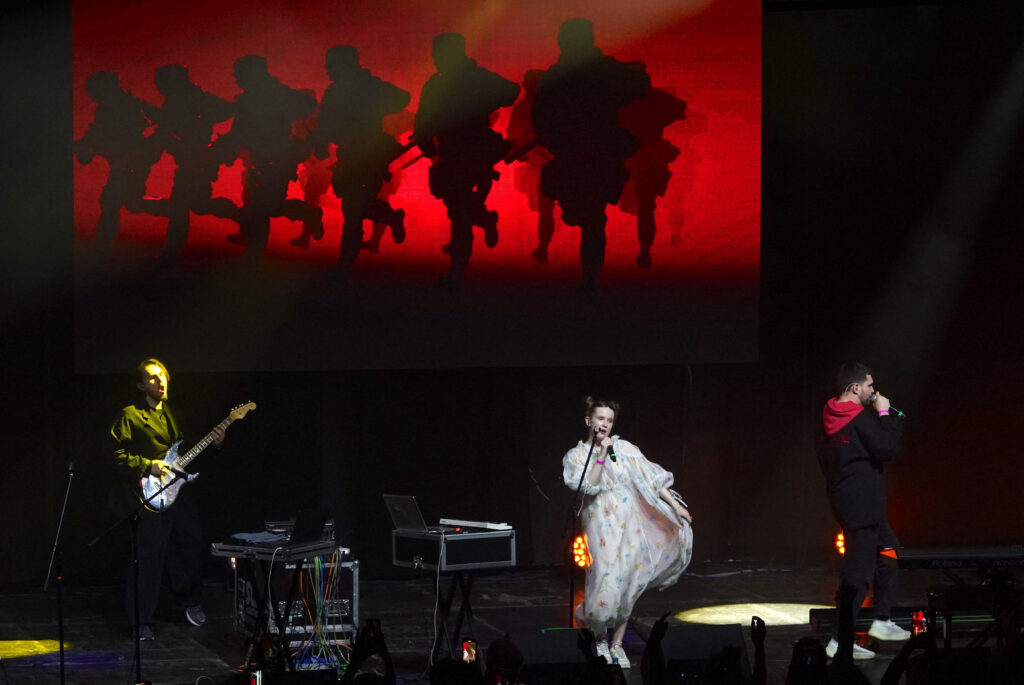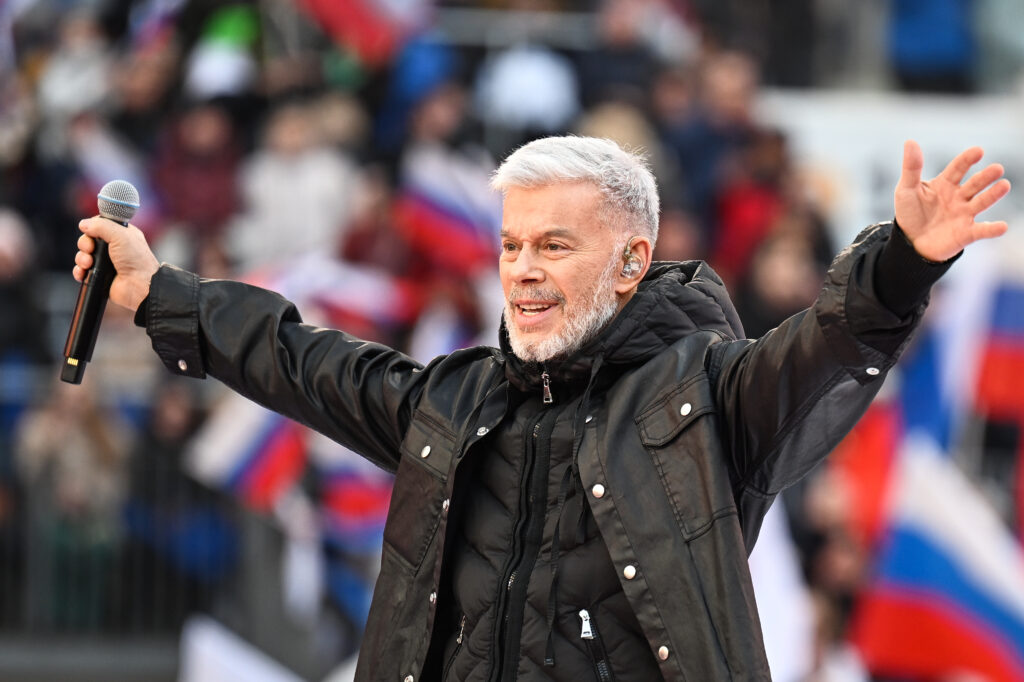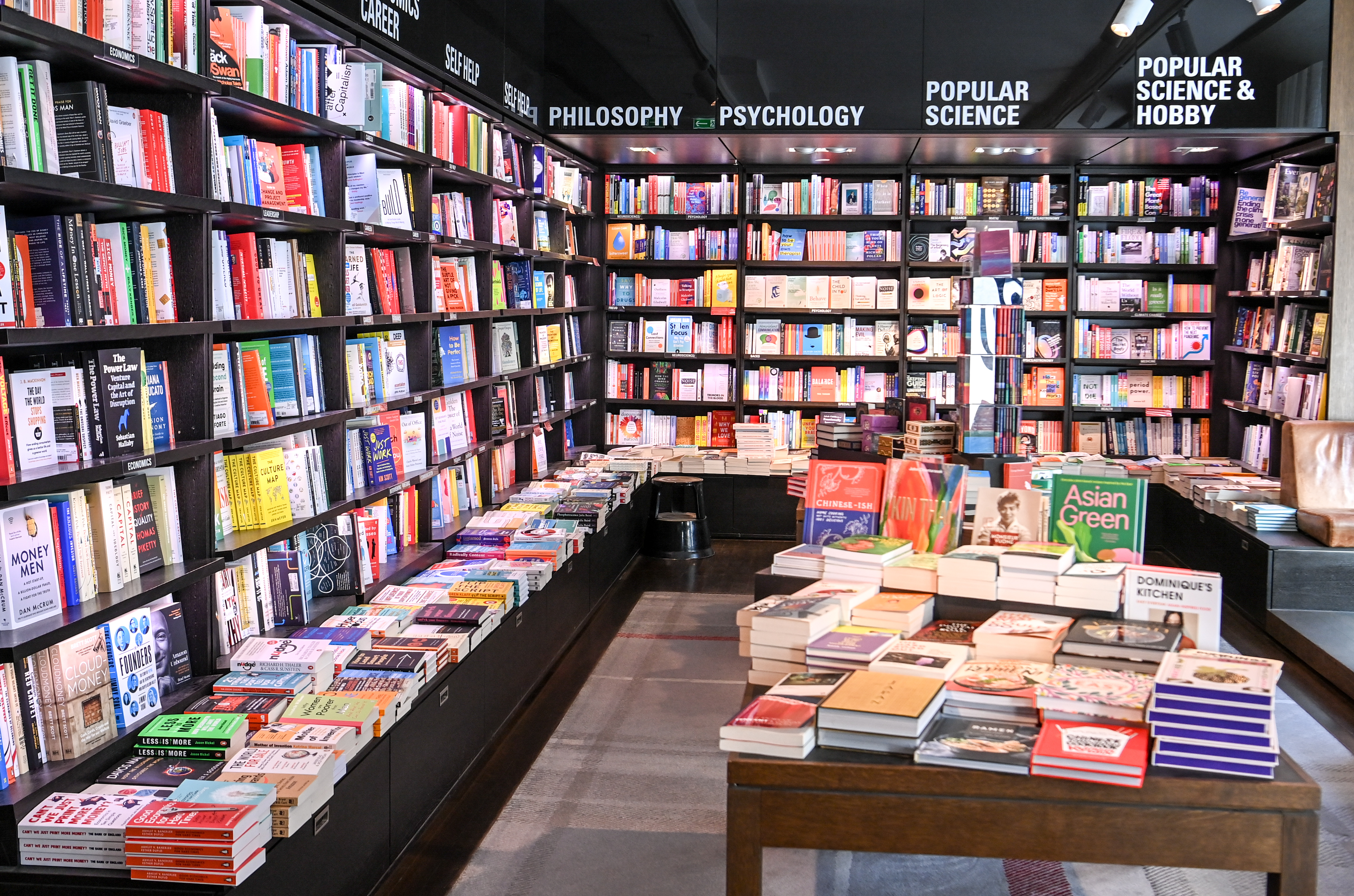A change of political regime sometimes leads to shifts in the perception of a country’s history. In some quite radical cases, a new government introduces a new calendar or even a new chronology, for example the Great French Revolution with its ‘Brumaire’ and ‘Thermidor’ (the second and eleventh months of the revolutionary calendar of the first French Republic) or the unique time counting system in North Korea. The current political regime in Russia has actively exploited the country’s history for its own agenda, using celebrations and anniversaries to justify repressive and aggressive policies. However, with the demise of the regime and the revision of its legacy, these very same dates of commemoration could become the foundation for a new, democratic Russia.
Federal Law No. 32 of 13 March 1995 ‘On Days of Military Glory and Commemorative Dates of Russia’ contains numerous commemorative dates, most of which are related to military history—for example, ‘The Day of the Victory of the Russian Navy over the Turkish Navy in the Battle of Chesma’ or ‘The Day of the Capture of the Turkish Fortress of Izmail by Russian Troops under the Command of A.V. Suvorov’. However, the official calendar also contains dates that could serve as a foundation when shaping a democratic narrative in modern Russia. These dates include 4 November (Day of National Unity), 26 April (Day of Russian Parliamentarianism) and, paradoxically, the Day of Celebration of the October Revolution, albeit in a slightly reimagined form.
4 November: from National Unity to Civil Society
The history of Russia contains numerous examples where self-organisation and civic initiative became crucial tools for overcoming crises, paving the way for democratic change. One of such episodes was the Time of Troubles (Smuta) in the early 17th century, when the central authority was weakened and the governance of the country was under threat. In late 1611 and early 1612, it seemed as though Russia as a country no longer existed. Moscow was occupied by a Polish-Lithuanian garrison, the Polish king had captured Smolensk, and Novgorod had been taken by the Swedes. There was no central authority or army. Robber gangs prowled across the country, occasionally capturing and plundering even major cities. In these dire circumstances, society faced the necessity to take responsibility for the defence and reconstruction of the country. The ‘Day of National Unity’, celebrated on 4 November, can be seen as a day marking the formation of Russian civil society, which emerged through the cooperation and mutual assistance of various social groups. People demonstrated a capacity for self-organisation and a sense of responsibility for the country’s future.
The three militias that formed during this period (in the north, around Moscow and in Nizhny Novgorod) played a crucial role in overcoming the crisis. These formations were led by figures such as Skopin-Shuisky, Lyapunov, Trubetskoy, Zarutsky, Pozharsky and Minin. The militias became a symbol of united efforts of noblemen, peasants and townspeople for a common cause whereas social and class-based contradictions went to the background for a while. This strengthened horizontal ties between communities and laid the foundation for civil society. The principle of ‘consulting the land’ replaced the customary ‘service to the sovereign’, emphasising collective responsibility for country’s fate and grassroots civic initiative.
The experience of the Time of Troubles became an important lesson for Russia: the people, united for the common good, could overcome the crisis and create conditions for the country’s further development. Civic initiative, willingness to co-operate and compromise laid the foundation for a successful recovery from the crisis. The liberation of Moscow and the end of the Time of Troubles became possible thanks to the joint efforts of diverse social groups and the rejection of personal ambitions. Therefore, the ‘Day of National Unity’ is not only a celebration of victory, but also a tribute to civic initiative—the ability of Russians, in difficult times and without any directives from above, to reach mutual agreement and overcome common hardships for the sake of the collective good.
Parliamentarism: imagined and real
The Day of Russian Parliamentarianism, established in 2012 at the initiative of Valentina Matviyenko and Sergey Naryshkin, is celebrated on 26 April. This date marks the start of the first State Duma in 1906—the first democratic institution in Russian history, which laid the foundation for parliamentarism. According to the official description of the commemorative date, its main purpose is to ‘draw broad public attention to the activities of the Federal Assembly of the Russian Federation and the legislative bodies of its constituent entities, as well as to promote these activities’. This sounds extremely dull, and, given the current political realities, outright mocking. However, the entire history of Russian parliamentarianism should not be reduced solely to the current State Duma.
The creation of the first Russian parliament—the State Duma—became possible in 1906 but not at all out of the monarch’s good will. Russia’s educated society had been striving to establish a representative body in the political system since at least the 18th century. Before Peter the Great, such a body existed in the form of the Zemsky Sobor, but it ceased to exist during Peter’s reign. After Peter, the idea to create a similar body was occasionally promoted by the opposition to autocracy (the Supreme Privy Council) or the autocrats themselves (Catherine II and her idea of the Legislative Commission). Actually, the very term ‘State Duma’ in its modern version emerged from the proposals of Mikhail Speransky in the early 19th century. In the following decades, the parliamentarianism projects were developed by Decembrists and the government alike. Under Alexander II, the idea of a consultative law-making body was almost realised, but he was assassinated on the very day when he was to sign a decree to establish such a body. In the following years leading up to 1905, the idea of creating a parliament and establishing the rule of law in Russia gained increasing traction.
While in the second half of the 19th century such views were largely confined to the educated Russian elite, by the early 20th century the ideas of having a parliament became dominant within Russian civil society as a whole. The Bloody Sunday of 9 January 1905 (the shooting of a peaceful demonstration in St. Petersburg) and the authorities’ subsequent crackdowns did not remove the intensity of public demands, but only heightened them. In October, millions of workers and clerical employees went on strike in Russia at the same time. Factories, plants, transport services, power stations, post offices, telegraphs, official agencies, shops and educational establishments all stopped working. The country was effectively paralysed. Yielding to this coordinated civic pressure, Tsar Nicholas II issued the Manifesto of 17 October 1905 announcing that the State Duma would be convened.
The opening of the first session of the State Duma on 26 April 1906 was not a random event, not a ‘gift from the tsar’, but rather a victory for Russian civil society. In the years that followed, the population of the Russian Empire grew accustomed to the fact that the country had effectively become a constitutional monarchy, since the Tsar could not issue a single law without the approval of the Duma. Finally, in February 1917, both the monarchy and its entire bureaucratic apparatus collapsed within a matter of days—and no one stood up in defence of the autocracy or the ‘strong hand rule’. On the contrary, of all the bodies of state power that existed by February 1917, the State Duma—first convened again only 11 years earlier—was the only one that retained the trust of the people. This fact deserves attention whenever someone speaks about the supposed propensity of Russian citizens to favour a ‘strong hand rule’ and the ‘old order’.
November: from the ‘Aurora’ to the Constituent Assembly
It is hardly possible to celebrate the October Revolution as a means of strengthening the democratic tradition, as it led to the Civil War and the establishment of a communist dictatorship in Russia. However, alongside the October Revolution, elections to the Constituent Assembly took place in November 1917—an event that can still serve as an example for contemporary Russian society. At the time, this vote became the largest expression of will in world history (and remained so until 1940). About 60% of Russian voters—over 44 million people—took part in it, a figure three times greater than the number of participants in the US presidential election in 1916. Amid revolutionary upheavals, these elections became a symbol of hope for a just and democratic future. The largest number of votes went to parties supporting radical and revolutionary change, highlighting the public’s desire for a new course of development for the country.
The abolition of restrictions on freedom of assembly and speech, equal rights for ethnic and religious minorities, and the granting of rights to women were part of the new reality that Russian society aspired to. The elections to the Constituent Assembly exemplified how people recognised their role in the political life of the country and took part in decision-making. Russia, long considered a stronghold of autocracy, was gradually transforming into a country striving for freedom and equality. Moreover, the active participation of citizens in the elections showed that there was no desire for a ‘strong hand’. On the contrary, people were ready to take the country’s fate into their own hand—and to do so peacefully. The dispersal of the Constituent Assembly and the usurpation of state power by the Bolsheviks marked the turning point that shifted the course of the revolution in Russia from a peaceful trajectory towards the Civil War.
Despite the complex and tragic events that followed, the elections to the Constituent Assembly remain a significant milestone in Russian history, and a reminder of the pursuit of democratic values even in the midst of profound social upheaval. This event deserves recognition as a symbol of the Russian people’s capacity for democracy, civic engagement and co-operation for a common future.
Conclusion
Recollections of key dates in Russian history can lay the foundation for a new democratic identity. The history of Russia is not one of autocracy and authoritarianism, but also one of civic initiative, solidarity and the pursuit of freedom. The dates that are commemorated in the Russian calendar today have the potential to be reinterpreted and used as pillars for a new Russia. The Day of National Unity can symbolise civil society and solidarity, the Day of Parliamentarianism can represent the struggle for rights and freedoms, while the elections to the Constituent Assembly can reflect the quest for equality and democracy. Rethinking these events will allow us to find a common language to discuss the past and build a better future together.










